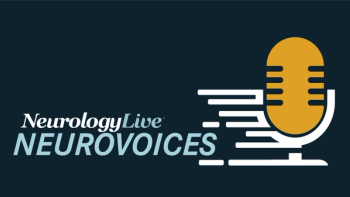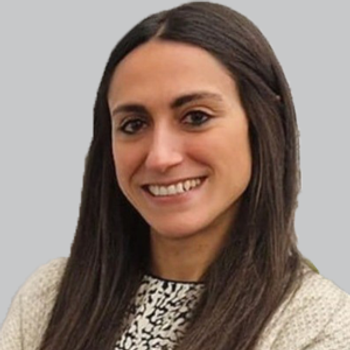
Increased Awareness for Essential Tremor Treatment, MR-guided Focused Ultrasound: Justin Martello, MD
The neurologist at Christiana Care discussed how focused ultrasound may be emerging as a preferred, less invasive treatment option for essential tremor, especially in older patients with comorbidities. [WATCH TIME: 5 minutes]
WATCH TIME: 5 minutes
"It’s true, you’re less of a surgical candidate the more medical issues you have and the older you are. There’s no technical age limit for either procedure, but if you have [comorbidities] going through a more invasive procedure like DBS is less appealing, and you may be less able to go through with it surgically compared [with] focused ultrasound, which is completely outpatient."
MR-guided focused ultrasound is an emerging, noninvasive neurosurgical technique that enables precise targeting of deep brain structures without incisions, potentially offering immediate therapeutic effects for patients. Currently, high-intensity forms of MR-guided focused ultrasound are approved for treating medication-refractory Parkinson disease and essential tremor through targeted thermoablation while its low-intensity counterpart holds promise as a research and clinical tool for noninvasively modulating brain activity and function.1
At the 4th Annual
During the conversation at the meeting, he explained how patient selection can be guided by skull density ratio via specialized CT imaging, and why MR-guided focused ultrasound may be favored over deep brain stimulation, especially among older adults or those with significant medical comorbidities. Additionally, Martello emphasized the importance of providing patients with a balanced education about both treatment options and outlined how his institution integrates counseling and procedural support for both therapies.
REFERENCES
1. Natera-Villalba E, Ruiz-Yanzi MA, Gasca-Salas C, Matarazzo M, Martínez-Fernández R. MR-guided focused ultrasound in movement disorders and beyond: Lessons learned and new frontiers. Parkinsonism Relat Disord. 2024;122:106040. doi:10.1016/j.parkreldis.2024.106040
2. Martello J. Reimagining Ablation in Movement Disorders: Magnetic Resonance Focused Ultrasound (MRfUS). Presented at: ATMRD; June 27-30, 2025; Washington, DC.
Newsletter
Keep your finger on the pulse of neurology—subscribe to NeurologyLive for expert interviews, new data, and breakthrough treatment updates.


































